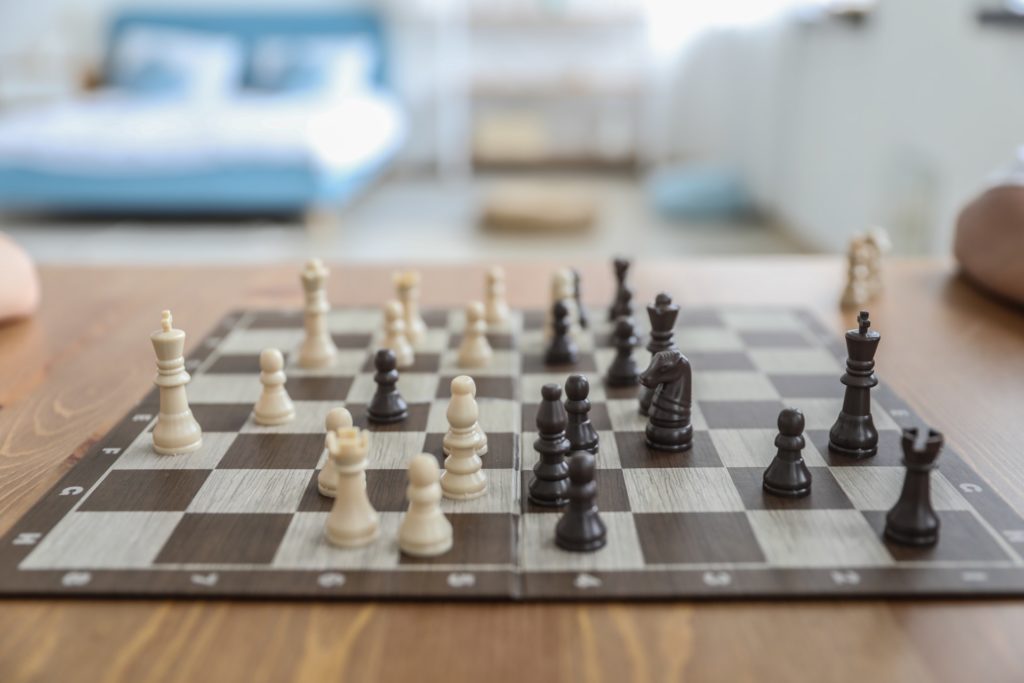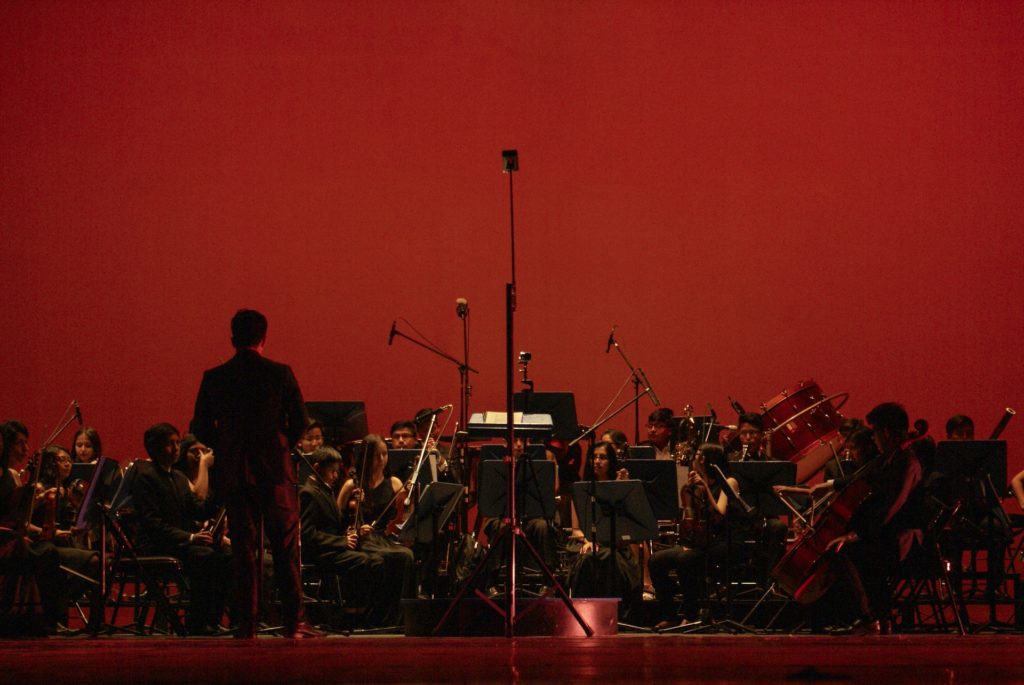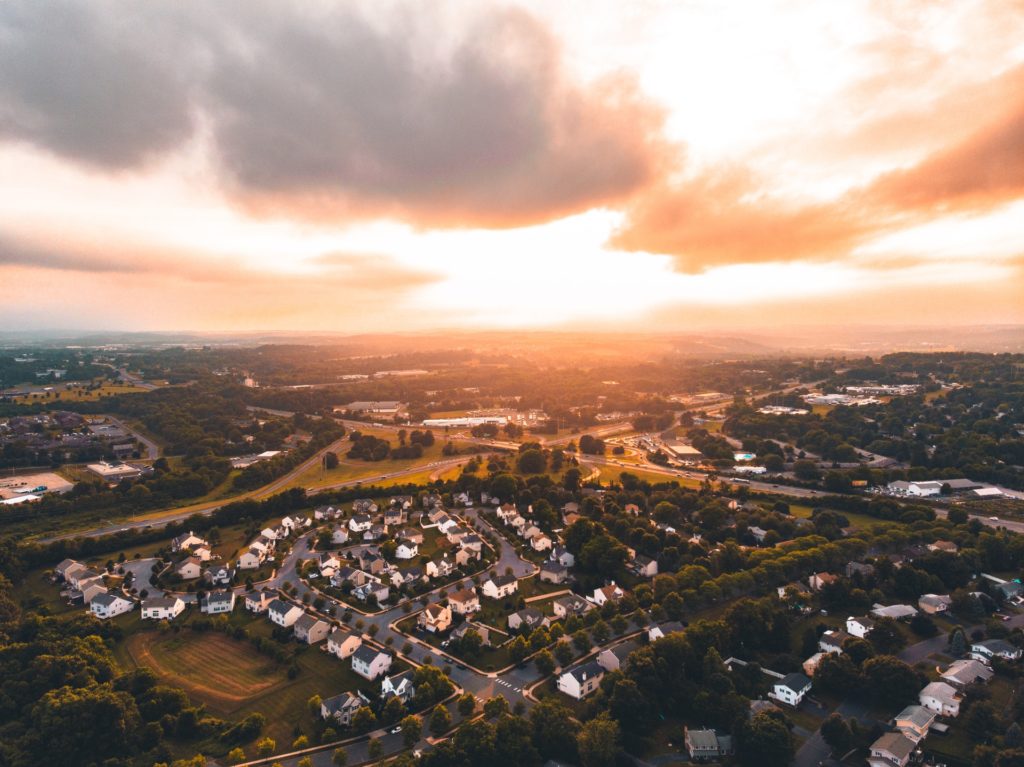We are at our least creative, when we have the most options.
Choice is paralyzing. The myraid of possible paths expands in our mind, like a thousand voices, each clamouring to pick me, pick me!
Even if you DO pick one, that only makes the others louder, and before you’ve taken more than a step, you wonder if perhaps you’ve made a mistake, maybe this other instrument, or effect, is even better…
Thing is, it’s not really about making the ‘right’ choice – it’s about narrowing the focus, finding a mental framework within which the creative juices can flow.

Take the popular game Zelda: Ocarina of Time, for example. The game’s famous composer, Koji Kondo, created the memorable soundtrack based off just FIVE NOTES.
Why would someone do something so crazy? Because the players only had five buttons they could press with their right hand, which were “linked” (heh) to the sounds the hero was playing!
But also, I’m betting those few building blocks made it much easier to decide on the best way they could be used. Kind of like a chess player who spends months studying a single opening.

SO, in the interest of generating some unique musical ideas, I’ve come up with a few limiting frameworks you can try. Experiment until you find one that inspires!
Limit One: Create a Track Around an Unfamiliar Instrument
The challenge is this MUST be an instrument you’ve either never used before, or only very rarely, in the background. Take THAT instrument, and put it centre stage.
This is a great strategy for unique ideas, because it gets you thinking in new directions for how to accommodate it. Maybe a mediterranean guitar will jam well with those bongos! Will some tape distortion warm up that shrill recorder sound?

Limit Two: Remix a Song in a Different Genre
This one never gets old, precisely because it takes something old(er), and makes it new again – or sometimes, the other way around.
The goal is to really get inside the head of another genre of music to understand what makes it.. well, IT.
For example, big band was defined by jazzy harmonies and syncopated rhythms. Grunge rose in popularity through heavy distortive guitars, and Kurt Cobain-style intensity.
This probably works best if the genre you are remixing to is one you want to create more music in, but you may find you learn a lot about the original as well.
And if you REALLY want to run with it, try combining two different genres to make something completely different. For example:
Limit 3 + 4: Make a Song That's Twice/Half as Long as Usual
These are two separate limits, because they can teach very different things.
For one, extending the usual length of your track forces you to come up with new ways to keep it interesting for the listener, potentially transforming your usual packaged trip into a Pink Floyd-style journey.
If you cut the track length in half, you’ll have the opposite problem – the need to compress everything down without making it rushed. This may result in drastic steps, like removing your bridge, or turning the whole song into one long crescendo.
Limit 5 + 6: Use Twice/Half as Many Tracks as Usual
Average out the number of tracks (not instruments) you use across all the music you’ve produced so far. Then either double that, or cut it in half for your next song.
For example, if all your layers, instruments, returns, etc. average out to about 58 tracks, your next song must use either 116 (yup), or 29.
If you decide to double, make sure every track has at least a moment when it plays a clear audible role. And remember: They don’t all have to play at the same time.
This can get you thinking about how to layer your instruments more, or duck new sounds in and out in complex rhythms.

If you halve your maximum tracks, you’re taking the classic multitrack recorder route: If you want more layers, you’ll have to bounce multiple instruments to a single track to make room.
So if you’re thinking of creating more minimalistic soundtracks, or you have trouble committing to your recordings well into the mixing phase, this may be the kick in the pants you need.
Limit Seven: Base Your Song on a Noun
Person, place, or thing – you choose. You could make it about the urn containing your grandfather’s ashes, or about the entire state of Pennsylvania.

Whatever you choose, make a list of the qualities of that thing, then let those qualities guide the music.
For example, the picture above may inspire words like ‘expansive’, ‘pretty’, ‘morning’, and so on. This could lead to orchestral strings, a twangy guitar, a love ballad, or anything in between.
Let me leave off with something my wife told me recently: The people who become successful aren’t the ones concerning themselves with making the ‘right’ moves – they’re looking for new experiences.
Each push moves you closer to finding your unique sound, expands your comfort zone, and gets you thinking about the process in a new way. And that is exactly what will grab your listener’s attention. Get the lead out, people!
Credits:
‘Chess pieces on chess board in daytime’ by Monstera
‘Creative Photo of Person Holding a Glass Mason Jar Under a Starry Sky’ by Rakicevic Nenad
‘Group of People Having Fun’ Photo by Must Bee
‘Orchestra Performing on Stage’ Photo by Camy Aquino

